Kickstart Strength Training: 6 Beginner Exercises to Try
Discover 6 beginner-friendly strength exercises to boost your fitness journey. Start building strength today and see results quickly!
Benefits of Strength Training for Beginners
Improved Muscle Strength and Tone
One of the primary benefits of strength training for beginners is the enhancement of muscle strength and tone. As you engage in regular strength exercises, your muscles adapt by becoming stronger and more defined.
This improvement not only enhances your physical appearance but also increases your overall functional ability, making everyday tasks easier to perform.
Increased Metabolic Rate
Strength training contributes to a higher metabolic rate, which is beneficial for weight management. When you build muscle mass, your body requires more energy to maintain it, leading to an increase in calories burned even at rest.
For beginners, this means that incorporating strength exercises into your routine can help in achieving and maintaining a healthy weight.
Enhanced Bone Density
Regular strength training is crucial for improving bone density, particularly important as we age. For beginners, starting strength exercises early can help in building strong bones and reducing the risk of osteoporosis later in life.
The stress placed on bones during resistance exercises stimulates bone growth and strengthens the skeletal system.
Better Joint Flexibility and Balance
Strength training exercises not only target muscles but also improve joint flexibility and balance. For beginners, this can lead to enhanced coordination and stability, reducing the risk of falls and injuries.
By working on various muscle groups, you ensure that your joints remain flexible and capable of supporting a wide range of movements.
Boosted Mental Health
Engaging in strength training has been shown to have positive effects on mental health. For beginners, starting a strength training routine can lead to improved mood, reduced symptoms of anxiety and depression, and increased self-esteem.
The sense of accomplishment from reaching fitness goals and the release of endorphins during exercise contribute to a healthier mental state.
Long-term Health Benefits
Incorporating strength training into your fitness routine offers numerous long-term health benefits. For beginners, starting early can help in preventing chronic conditions such as heart disease, diabetes, and obesity.
Regular strength exercises improve cardiovascular health, regulate blood sugar levels, and contribute to overall longevity and quality of life.
Essential Equipment for Strength Training
Dumbbells
Dumbbells are versatile and can be used for a variety of exercises that target different muscle groups. They are perfect for beginners because they allow for a wide range of motion and can be easily adjusted in weight as you progress.
Whether you’re performing bicep curls, shoulder presses, or lunges, dumbbells are a staple in any strength training routine.
Barbells and Weight Plates
Barbells, along with weight plates, are essential for exercises like squats, deadlifts, and bench presses. They allow for heavier lifting, which is crucial for building strength and muscle mass.
Beginners should start with lighter weights and focus on mastering form before gradually increasing the weight.
Resistance Bands
Resistance bands are excellent for those new to strength training as they provide a low-impact way to build muscle. They are portable, affordable, and can be used to enhance a variety of exercises.
Resistance bands come in different tension levels, making them suitable for all fitness levels.
Kettlebells
Kettlebells are great for dynamic movements that improve strength, endurance, and flexibility. They are particularly effective for exercises like swings, goblet squats, and Turkish get-ups.
Beginners should start with a lighter kettlebell to learn proper techniques and avoid injury.
Adjustable Bench
An adjustable bench is a versatile piece of equipment that can be used for a wide range of exercises, including bench presses, step-ups, and seated shoulder presses. It allows for various incline and decline positions, providing more exercise options and targeting different muscle groups.
Pull-Up Bar
A pull-up bar is essential for developing upper body strength.
It can be used for pull-ups, chin-ups, and hanging leg raises. Beginners might find pull-ups challenging at first, but they can start with assisted variations or use resistance bands to build strength gradually.
Proper Form and Technique Tips
Understand the Importance of Form
Maintaining proper form during strength training is crucial to prevent injuries and maximize the effectiveness of your workouts.
Proper form ensures that you are targeting the correct muscles and not placing undue stress on your joints. It also helps in developing a balanced physique by ensuring all muscle groups are worked evenly.
Start with a Warm-Up
Before diving into your strength training routine, it’s essential to warm up your muscles.
A good warm-up increases blood flow to the muscles, enhances flexibility, and prepares your body for the workout ahead. Spend 5-10 minutes on light cardio activities like jogging or jumping jacks, followed by dynamic stretches focusing on the muscle groups you plan to work on.
Focus on Controlled Movements
When performing exercises, it’s important to focus on controlled, deliberate movements rather than rushing through repetitions.
This approach not only helps in maintaining proper form but also increases muscle engagement. Control the weight through the entire range of motion, and avoid using momentum to lift weights.
Pay Attention to Your Breathing
Breathing correctly during strength training is often overlooked but is vital for performance and safety.
Exhale during the exertion phase of the lift (e.g., when lifting a weight) and inhale during the relaxation phase (e.g., when lowering a weight). Proper breathing helps stabilize your core and provides the necessary oxygen to your muscles.
Utilize Mirrors and Feedback
Using mirrors or seeking feedback from a trainer can help you monitor your form.
Mirrors allow you to visually check your posture and alignment during exercises, while feedback from a trainer or workout partner can provide valuable insights into any adjustments needed. This external input is especially helpful for beginners who are still learning the nuances of each exercise.
Progress Gradually
As a beginner, it’s important to start with lighter weights and gradually increase the resistance as your strength and confidence build.
Avoid the temptation to lift heavier weights too soon, as this can compromise your form and increase the risk of injury. Focus on mastering the technique first, then progressively challenge your muscles over time.
Beginner-Friendly Strength Training Exercises
1.
Bodyweight Squats
Bodyweight squats are an excellent starting point for beginners. They target the quadriceps, hamstrings, and glutes, helping to build lower body strength.
To perform a bodyweight squat, stand with your feet shoulder-width apart, keep your chest up, and lower your body as if sitting back into a chair. Ensure your knees do not extend past your toes and keep your weight on your heels.
Aim for 2-3 sets of 10-15 repetitions.
2. Push-Ups
Push-ups are a classic exercise that works the chest, shoulders, and triceps.
Begin in a plank position with your hands slightly wider than shoulder-width apart. Lower your body until your chest nearly touches the floor, then push back up to the starting position.
If a full push-up is too challenging, start with knee push-ups. Perform 2-3 sets of 8-12 repetitions.
3.
Plank
The plank is a core-strengthening exercise that also engages the shoulders and back. To perform a plank, start in a push-up position, but rest on your forearms instead of your hands.
Keep your body in a straight line from head to heels, engaging your core throughout. Hold the position for 20-30 seconds, gradually increasing the duration as you build strength.
Repeat for 2-3 sets.
4. Lunges
Lunges are effective for building strength in the legs and improving balance.
Stand upright, take a step forward with one leg, and lower your hips until both knees are bent at about a 90-degree angle. Ensure your front knee is directly above your ankle.
Push back to the starting position and switch legs. Aim for 2-3 sets of 10 repetitions per leg.
5.
Dumbbell Rows
Dumbbell rows target the upper back and biceps. To perform this exercise, place one knee and hand on a bench for support, with a dumbbell in the opposite hand.
Pull the dumbbell towards your hip, keeping your elbow close to your body, then lower it back down. Perform 2-3 sets of 10-12 repetitions per arm.
6.
Glute Bridges
Glute bridges are great for strengthening the glutes and lower back. Lie on your back with your knees bent and feet flat on the floor.
Lift your hips towards the ceiling, squeezing your glutes at the top, then lower back down. Make sure to keep your core engaged throughout the movement.
Perform 2-3 sets of 12-15 repetitions.
FAQ
Q1: How often should beginners engage in strength training to see results without risking injury?
A1: Beginners should aim to engage in strength training sessions 2 to 3 times per week. This frequency allows your muscles adequate time to recover between workouts, reducing the risk of injury while still promoting muscle growth and strength gains. It’s important to focus on proper form and gradually increase the intensity of your workouts as your body adapts. Ensure you have at least one rest day between sessions targeting the same muscle groups to allow for optimal recovery.
Q2: What can I do to alleviate muscle soreness after strength training?
A2: Muscle soreness, especially for beginners, is a common experience known as delayed onset muscle soreness (DOMS). To alleviate soreness, ensure you are incorporating a proper warm-up and cool-down routine in your workouts. Gentle stretching, foam rolling, and staying hydrated can also help reduce soreness. Additionally, consider incorporating active recovery methods such as light walking or yoga on rest days to promote blood flow and muscle recovery.
Q3: How can advanced users overcome a plateau in their strength training progress?
A3: Advanced users often encounter plateaus where progress seems to stall. To overcome this, consider varying your workout routine by changing the exercises, increasing weights, adjusting the number of sets and reps, or altering the rest periods between sets. Incorporating techniques like supersets, drop sets, or periodization can also stimulate new muscle growth. Additionally, ensure you are getting adequate nutrition and sleep, as these are crucial for recovery and continued progress.
Takeaway
🔥 Ready to transform your fitness journey? Start a new workout challenge today and unleash your full potential! 💪 Download our FREE training plan to kickstart your progress and achieve your goals faster than ever. 🚀 Join our vibrant and supportive fitness community for daily motivation, expert tips, and a network of like-minded individuals cheering you on every step of the way! Let’s crush those fitness goals together! 🌟 #FitFam #ChallengeAccepted #JoinUs This move is widely interpreted as a strategic response to recent challenges.

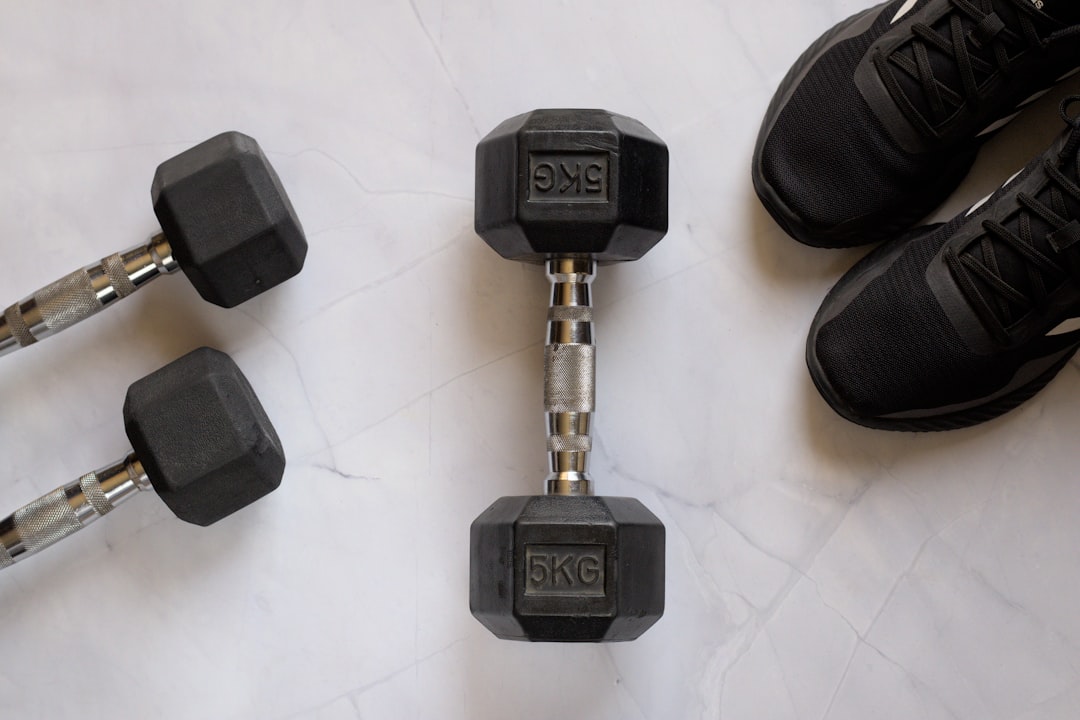
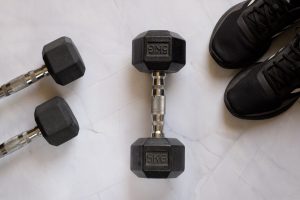

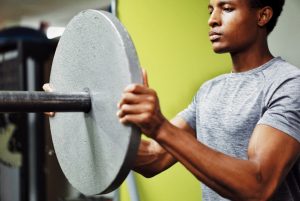

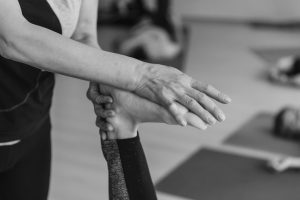
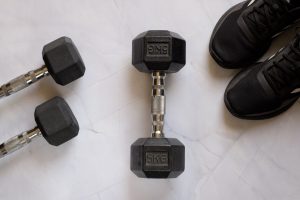

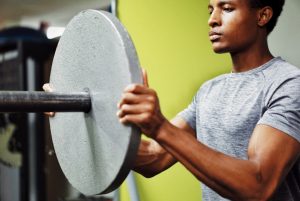

Comments